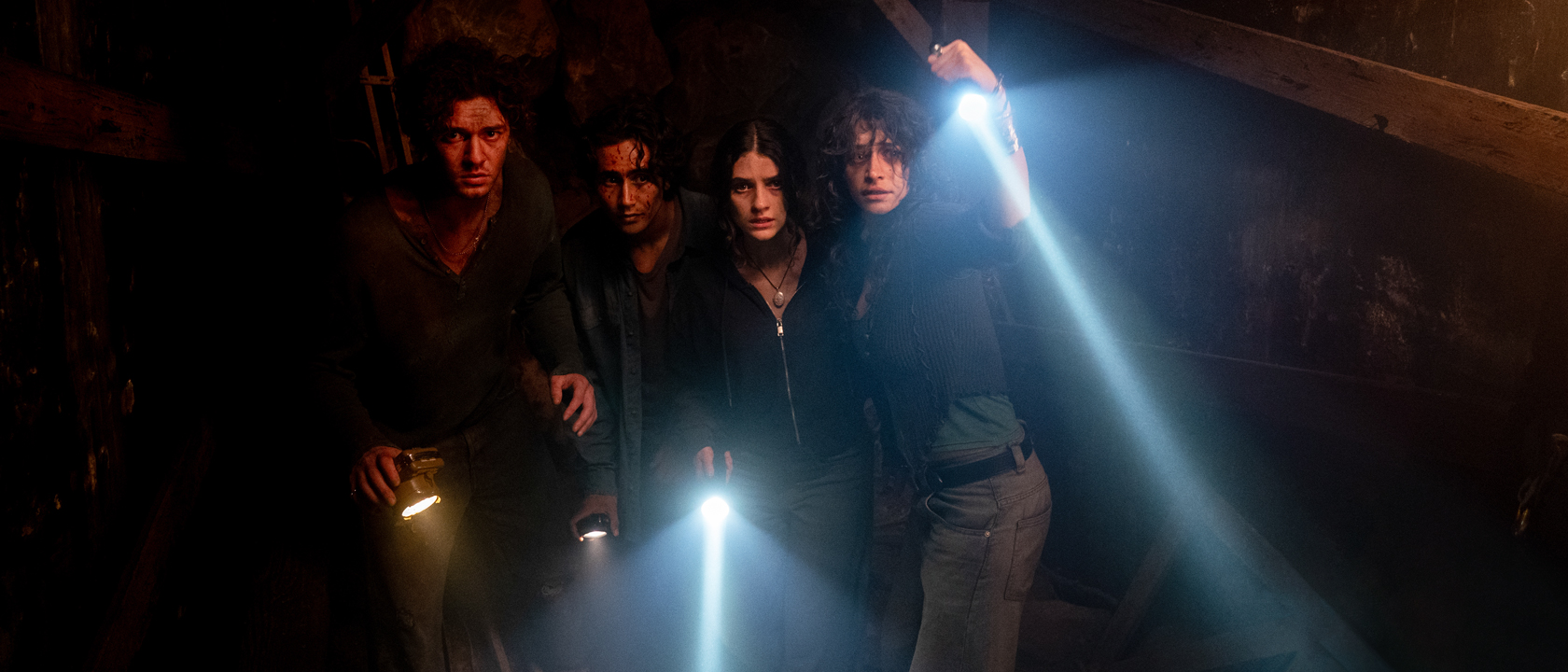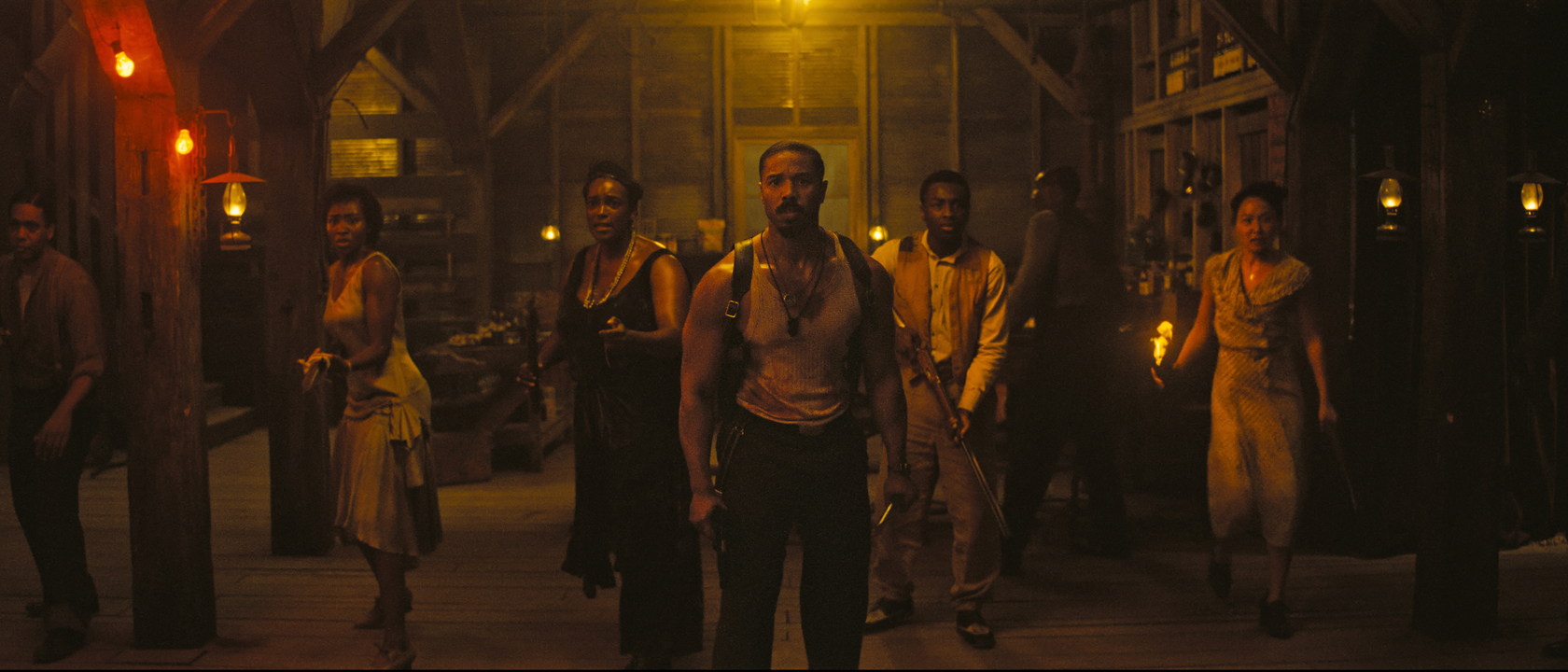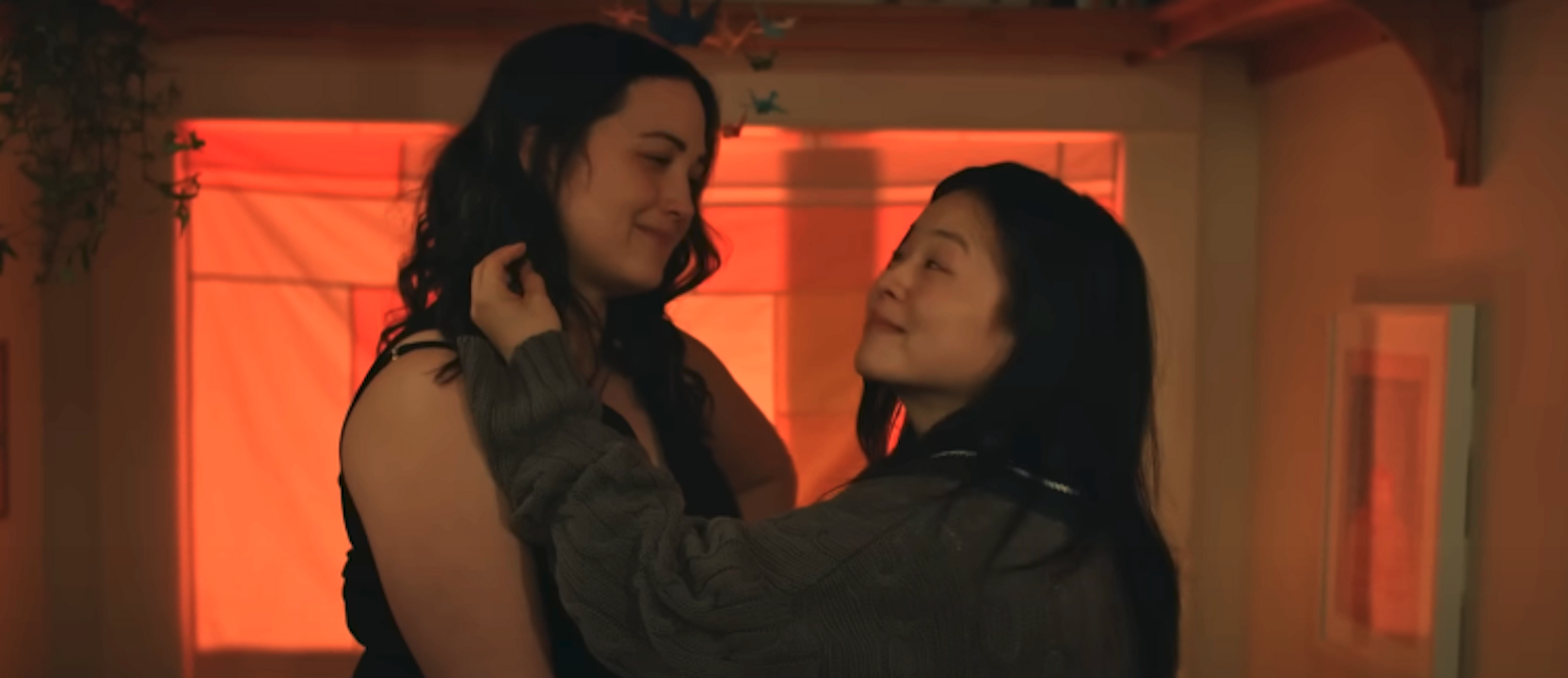Lisbeth Salander (Noomi Rapace) has been traveling the world since we last saw her in The Girl With the Dragon Tattoo. When she finally returns to Sweden to deal with her despicable guardian, Bjurman (Peter Andersson), a whirlwind of coincidence and contrivance marks her as the prime suspect in a series of murders. Millennium magazine editor Mikael Blomkvist (Michael Nyqvist), working on a separate investigation involving sex trafficking, learns that the cases are related and that his old partner in crime solving is in grave danger. We learn that no matter who directs one of these films, they come out of the factory looking and sounding pretty much the same. Just like its predecessor, The Girl Who Played With Fire is a tired, workmanlike adaptation that will still satisfy fans of the Stieg Larsson novels and those looking for a competent thriller. But much like the American adaptations of the novels of Dan Brown, these films are as literal as they come and gain nothing from being transposed to the cinema. Adapted from the second novel in Stieg Larsson's "Millennium Trilogy," director Daniel Alfredson's The Girl Who Played With Fire picks up where Niels Arden Oplev left off, using the tools of filmmaking to do nothing more than record onto film all the important moments found in the novel. These moments aren't made into compelling drama so much as crossed off some narrative checklist. We get the lyric without the melody, the chassis without the engine. The story and characters are never allowed to breathe or to perform any actions not driven by the increasingly absurd plot. What began as a relatively believable story about the relationship between a famous journalist and a brilliant but anti-social and emotionally scarred young computer hacker has turned into complete pulp.
Initially dealing somewhat seriously with the horrors of sex trafficking, the film ends up in comic-book land with a crippled mastermind for a villain who comes complete with the standard indestructible blonde henchman. This guy, Niedermann (Mikael Spreitz), is clearly meant to evoke Robert Shaw's character in the 1963 James Bond film From Russia With Love since the title of Fleming's novel is even referenced in the film. All that's missing is an underground lair with a pool of ill-tempered bass.
Despite the title, Dragon Tattoo was really Blomkvist's story, with Lisbeth being used as a kind of curious special effect to give a visceral kick to the film's themes of sexual abuse and enslavement. In contrast, The Girl Who Played With Fire is really Lisbeth's story, and this is two-thirds of a smart idea. After all, Lisbeth Salander is the reason we're all here. Otherwise the stories would be nothing more than an episode of Law and Order: Criminal Intent without Vincent D'onofrio. The problem is not in the concept so much as the execution. What we finally learn about Lisbeth's past is so melodramatic that it's really hard to care about the story anymore. Music Box Home Entertainment sent a screener for review which came with no extras. The image and sound were excellent, however.
‘I Dropped My Phone!’ Jennifer Lopez Sports Stunning Diamonds In Fresh Pics, And Fans Are Loving Them
The LA Fires Destroyed His Oscars. How The Academy Went Out Of Its Way To Help The Avatar And Lincoln Creative
The Rookie EP Teases What Lies Ahead For Chenford After Those Wild Truth Serum Reveals, And I’m Tempted To Breathe A Sigh Of Relief











